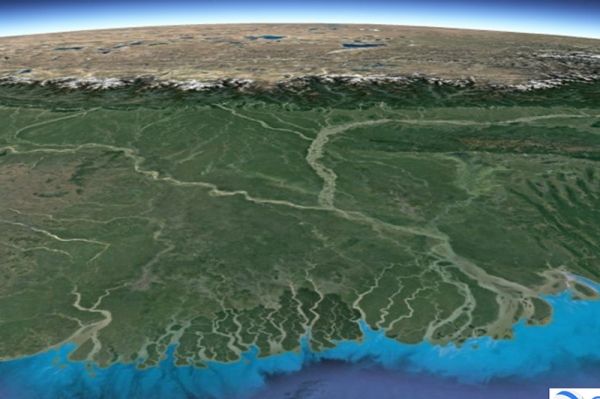The study, carried out by a Dutch/American team that includes present and former Tulane University researchers, demonstrates how the interaction of river flow, waves and tides can transform the shape of river mouths and their associated deltas, including land gain and loss. The study reveals that many deltas globally are still building land today, but that this trend is unlikely to continue due to the acceleration of sea-level rise and other human-induced impacts.
The new paper, published in Nature, considers about 11,000 deltas worldwide and takes advantage of the wealth of information that is presently available from global datasets on river drainage basins, sediment fluxes, wave climate and tidal range, among others.
“One of the exciting aspects of this study is that it offers a novel and fully quantitative way to predict delta shape based on newly developed theory,” said Torbjörn Törnqvist, Vokes Geology Professor at Tulane and co-author of the paper.
The lead author, Jaap Nienhuis, an assistant professor at Utrecht University in The Netherlands, developed the portion of the theory that predicts the effect of tidal influence on deltas while he was a postdoc in Törnqvist’s group at Tulane.
Continue reading at Tulane University
Image via Tulane University


